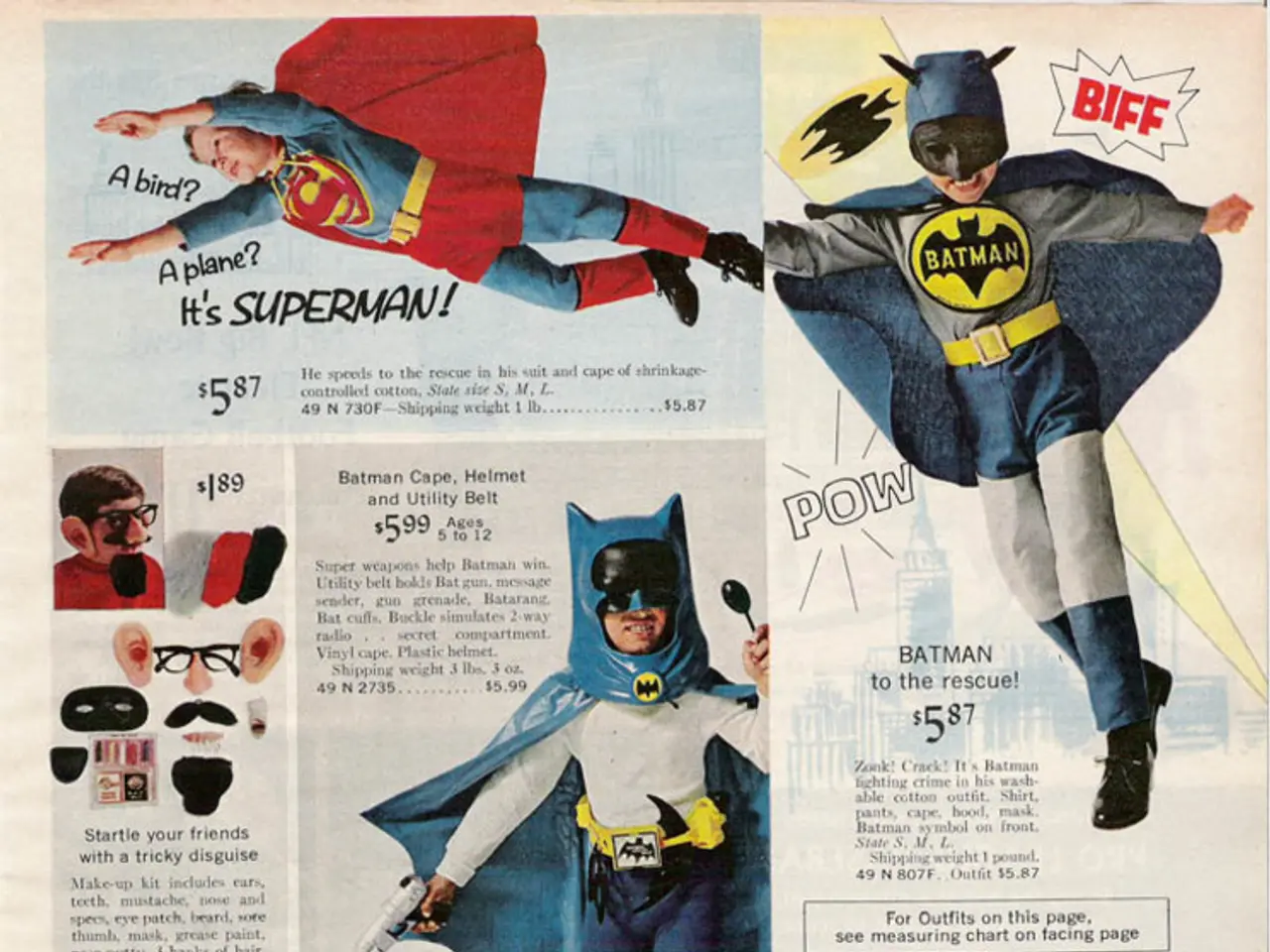Essential Dress Code Guidelines for Tourists Planning a European Vacation
In Europe, where comfort meets style, the key to fitting in as a tourist is finding the perfect balance between understated elegance and practicality. From the fashion capitals of Paris, London, and Milan to the iconic destinations like medieval castles, ancient ruins, and picturesque villages, Europe presents a unique opportunity to immerse oneself in a rich cultural tapestry.
When it comes to footwear, comfort is paramount. Ankle boots, ballet flats, stylish leather sneakers, and breathable espadrilles are popular choices. However, it's essential to avoid overly casual or athletic shoes that may scream "tourist." Instead, opt for comfortable but tidy shoes suitable for a lot of walking, such as leather sandals or Capri pants-friendly sandals with a heel strap and a solid sole with decent traction.
Avoiding athleisure is another crucial aspect of blending in with European locals. Gym shorts, sweatpants, and hoodies tend to stand out as touristy and are generally best avoided. Instead, favor lightweight, breathable fabrics like cotton or linen that still look neat and put together. Classic, well-fitting casual wear like flowy pants, skirts, or simple dresses is preferable. If you want to stay cool and comfortable, consider stylish alternatives like Capri pants or linen shorts that fit well and are less sporty-looking than baggy cargo shorts.
When visiting religious sites, it's important to dress modestly. Covering your shoulders and knees is a sign of respect. Sleeveless tops, shorts, and mini skirts are generally not permitted. Wearing long, loose pants and light cotton blouses or shirts is often recommended as they are respectful and comfortable even in hot weather. Avoid tank tops, hats inside religious buildings, and overly revealing clothes; this aligns with local dress codes and etiquette.
Rick Steves, America's favourite European travel expert, advises against packing shorts. At the Vatican, a modest dress code is strictly enforced, with clothing not being overly tight or containing any offensive words or images. If wearing a dress, consider wearing a pair of athletic shorts underneath to prevent chafing.
In summary, aim to wear polished, modest, and comfortable clothing with appropriate footwear and avoid sportswear or overly casual tourist staples like baggy shorts. Sandals, particularly casual plastic flip-flops, are not common in Europe and may be ill-advised or even banned in certain places. Birkenstocks, a German-made sandal, can be a comfortable and stylish alternative to flip-flops.
By carefully planning your travel wardrobe and respecting the local culture, you can avoid being an annoying tourist in Europe and truly enjoy the rich cultural experiences it has to offer.
To align with the local fashion and lifestyle in Europe, opt for polished footwear such as ankle boots, ballet flats, leather sneakers, or espadrilles. As for clothing, choose lightweight, breathable fabrics like cotton or linen. Modesty is key when visiting religious sites; ensure your shoulders and knees are covered.BY carefully selecting your travel wardrobe, you can blend in with the locals and fully immerse yourself in Europe's unique fusion of fashion-and-beauty, lifestyle, and travel experiences.




